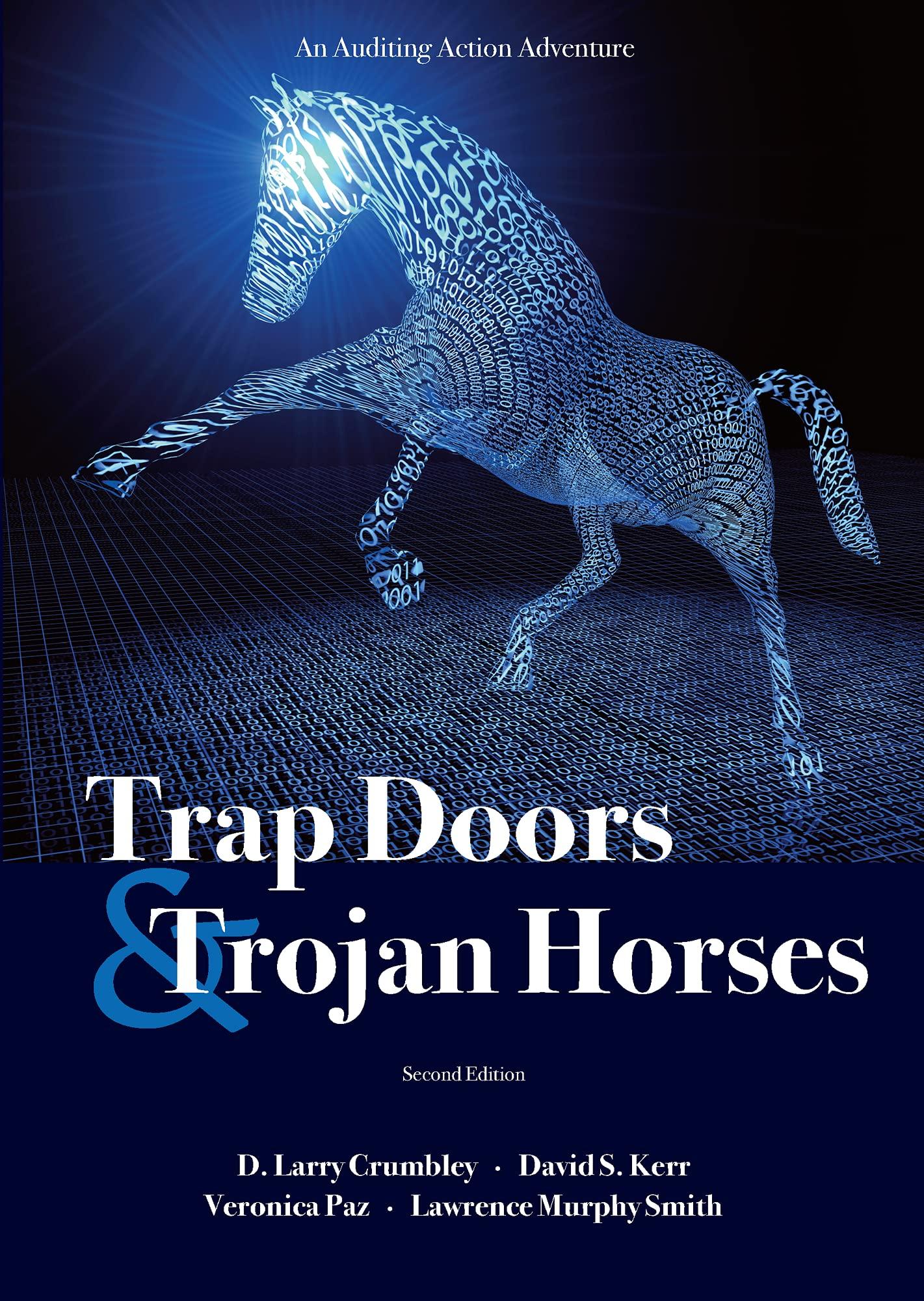


Requirement General Journal General Ledger Trial Balance Income Statement Statement of SE Balance Sheet Analysis Use the drop-downs to select the accounts that should be properly included on the statement of stockholders' equity and enter the appropriate amounts. (Amounts to be deducted should be indicated with a minus sign.) H & H TOOL, INC. Statement of Stockholders' Equity For the Year Ended December 31, 2020 Additional Common Paid-in Stock Capital Balance, January 1, 2020 Add: Additional stock issuance Retained Earnings Total Stockholders' Equity $ 0 0 Add: Net income 0 Less: Dividends declared 0 Balance, December 31, 2020 $ $ 0 $ $ 0 Requirement General Journal General Ledger Trial Balance Income Statement Statement of SE Balance Sheet Analysis Use the drop-downs below to select the accounts that should be properly included on the income statement. Also, compute earnings per share. The unadjusted or adjusted balances will appear for each account, based on your selection in the drop-downs. (Round your Earnings per share answer to 2 decimal places.) Adjusted H & H Tool, Inc. Income Statement For the Year Ended December 31, 2020 Operating revenues: Operating expenses: Total operating expenses 0 0 Other item: 0 Net income $ 0 Earnings per share COMP4-1 (Static) Recording Transactions (Including Adjusting and Closing Entries), Preparing Financial Statements, and Performing Ratio Analysis LO4-1, 4-2, 4-3, 4-4 (GL) Brothers Mike and Tim Hargenrater began operations of their tool and die shop (H & H Tool, Inc.) on January 1, 2019. The annual reporting period ends December 31. The trial balance on January 1, 2020, follows: H & H Tool, Inc. Trial Balance on January 1, 2020 Credit Debit 6,000 5,000 13,000 78,000 8,000 7,000 Cash Accounts receivable Supplies Land Equipment Accumulated depreciation (on equipment) Other noncurrent assets (not detailed to simplify) Accounts payable Wages payable Interest payable Dividends payable Income taxes payable Long-term notes payable Common stock (8,000 shares, $0.50 par value) Additional paid-in capital Retained earnings Service revenue Depreciation expense Supplies expense Wages expense Interest expense Income tax expense Miscellaneous expenses (not detailed to simplify) Totals 4,000 80,000 17,000 109,000 109,000 Transactions during 2020 follow: a. Borrowed $15,000 cash on a five-year, 8 percent note payable, dated March 1, 2020. b. Purchased land for a future building site; paid cash, $13,000. c. Earned $215,000 in revenues for 2020, including $52,000 on credit and the rest in cash. d. Sold 4,000 additional shares of capital stock for cash at $1 market value per share on January 1, 2020. e. Incurred $89,000 in wages expense and $25,000 in miscellaneous expenses for 2020, with $20,000 on credit and the rest paid in cash. f. Collected accounts receivable, $34,000. g. Purchased other assets, $15,000 cash. h. Purchased supplies on account for future use, $27,000. i. Paid accounts payable, $26,000. j. Signed a three-year $33,000 service contract to start February 1, 2021. k. Declared cash dividends on December 1, $25,000, which were paid by December 31. (Hint: Prepare two entries.) Data for adjusting entries: 1. Supplies counted on December 31, 2020, $18,000. m. Depreciation for the year on the equipment, $10,000. n. Interest accrued on notes payable (to be computed). o. Wages earned by employees since the December 24 payroll but not yet paid, $16,000. p. Income tax expense, $11,000, payable in 2021









